Browse Books

GPI Membrane Anchors The Much Needed link
Jul 2010
Book
John A. Dangerfield and
Christoph Metzner
This Ebook aims to review basic understandings and give current opinions about several important aspects of glycosylphosphatidylinositol-anchored (GPI) protein biology from leading experts in this exciting and emerging field. The scope ranges from micro-domain localization and signaling to proteomics aspects biophysical behavior through trans-cellular mobility to chemical synthesis of GPI mimics and finally modification of multi-scaled membran Read More

Gel-Forming and Soluble Mucins
Mar 2013
Book
Mucins are glycoproteins that are expressed in cells of different types and fulfill multiple functions that determine participation of these proteins in such processes as signal transduction regulation of gene expression cell proliferation embryogenesis cell differentiation immunity apoptosis and cancer development. This E-book series on mucins presents critical reviews on modern data concerning structures and functions of mucins their roles in c Read More
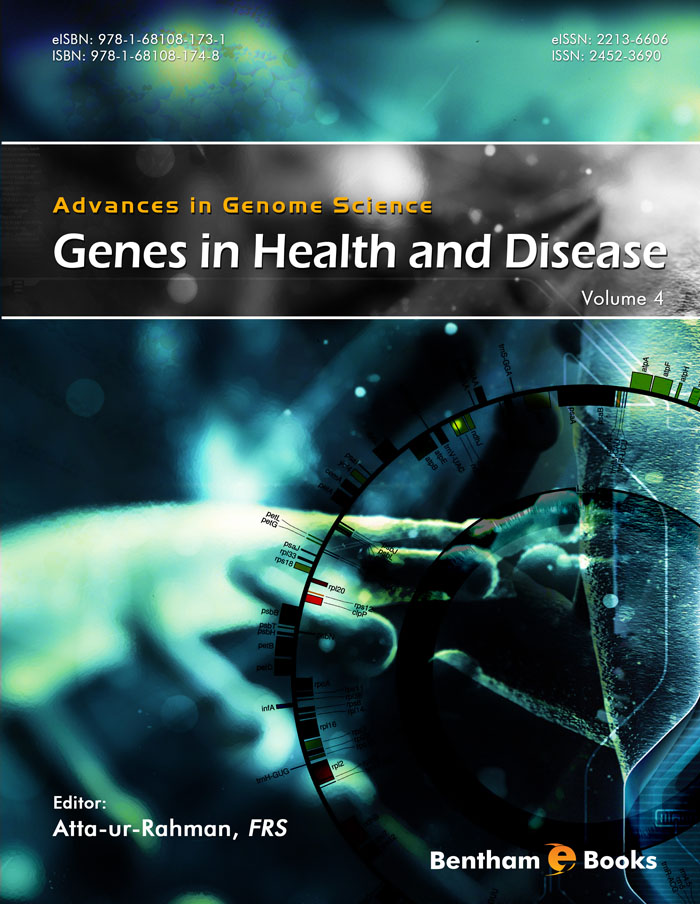
Genes in Health and Disease
Jan 2016
Book
Atta-ur-Rahman
Genome science or genomics is essential to advancing knowledge in the fields of biology and medicine. Specifically researchers learn about the molecular biology behind genetic expression in living organisms and related methods of treating human genetic diseases (including gene therapy). Advances in Genome Science is an e-book series which provides a multi-disciplinary view of some of the latest developments in genome research allowing readers to ca Read More
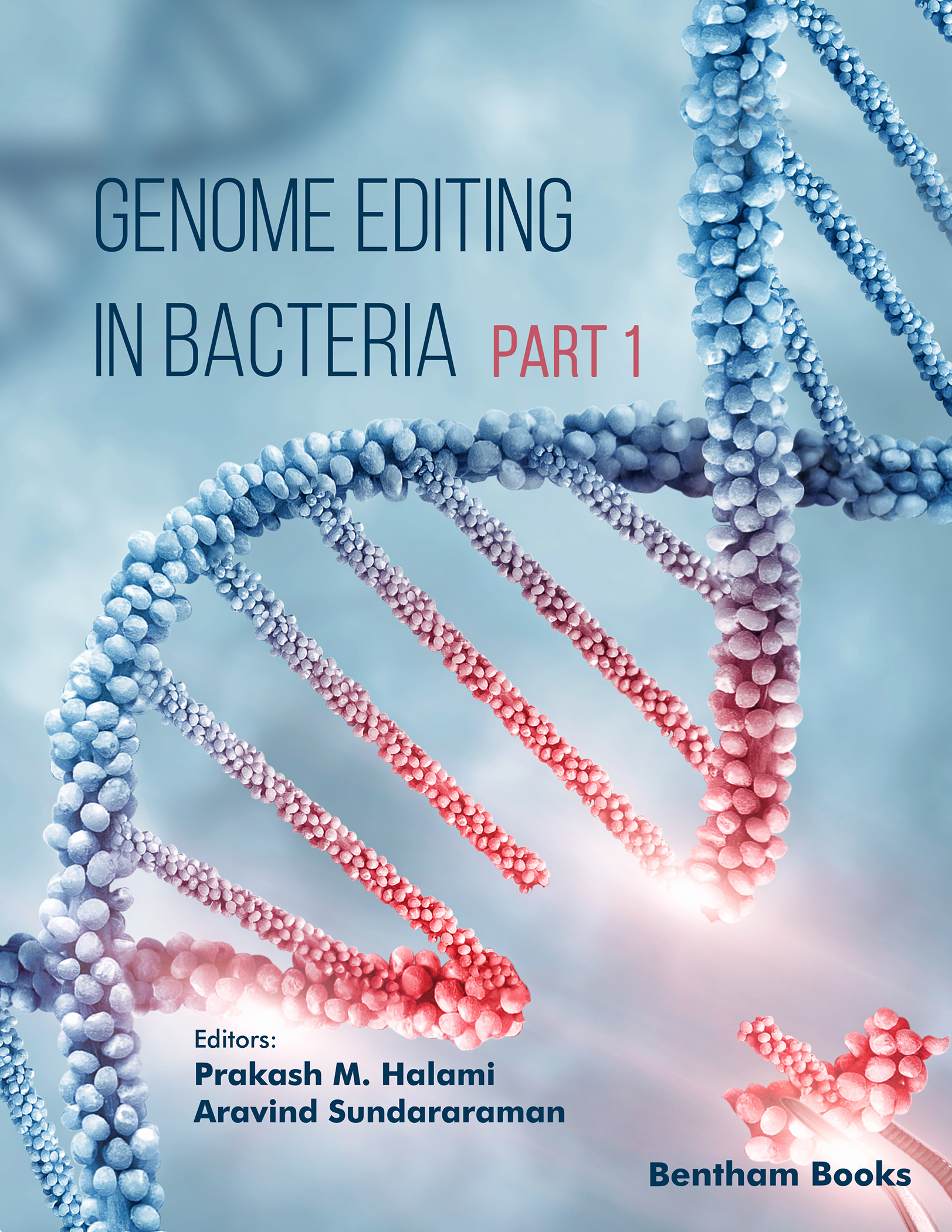
Genome Editing in Bacteria (Part 1)
Feb 2024
Book
Prakash M. Halami and
Aravind Sundararaman
This reference is a comprehensive review of genome editing in bacteria. The multi-part book meticulously consolidates research findings and insights on the applications of bacteria across several industries including food processing and pharmaceutical development. The book covers four overarching themes for readers: a historical perspective of genome editing genome editing in probiotics applications of genome editing in agricultural microbiology and g Read More
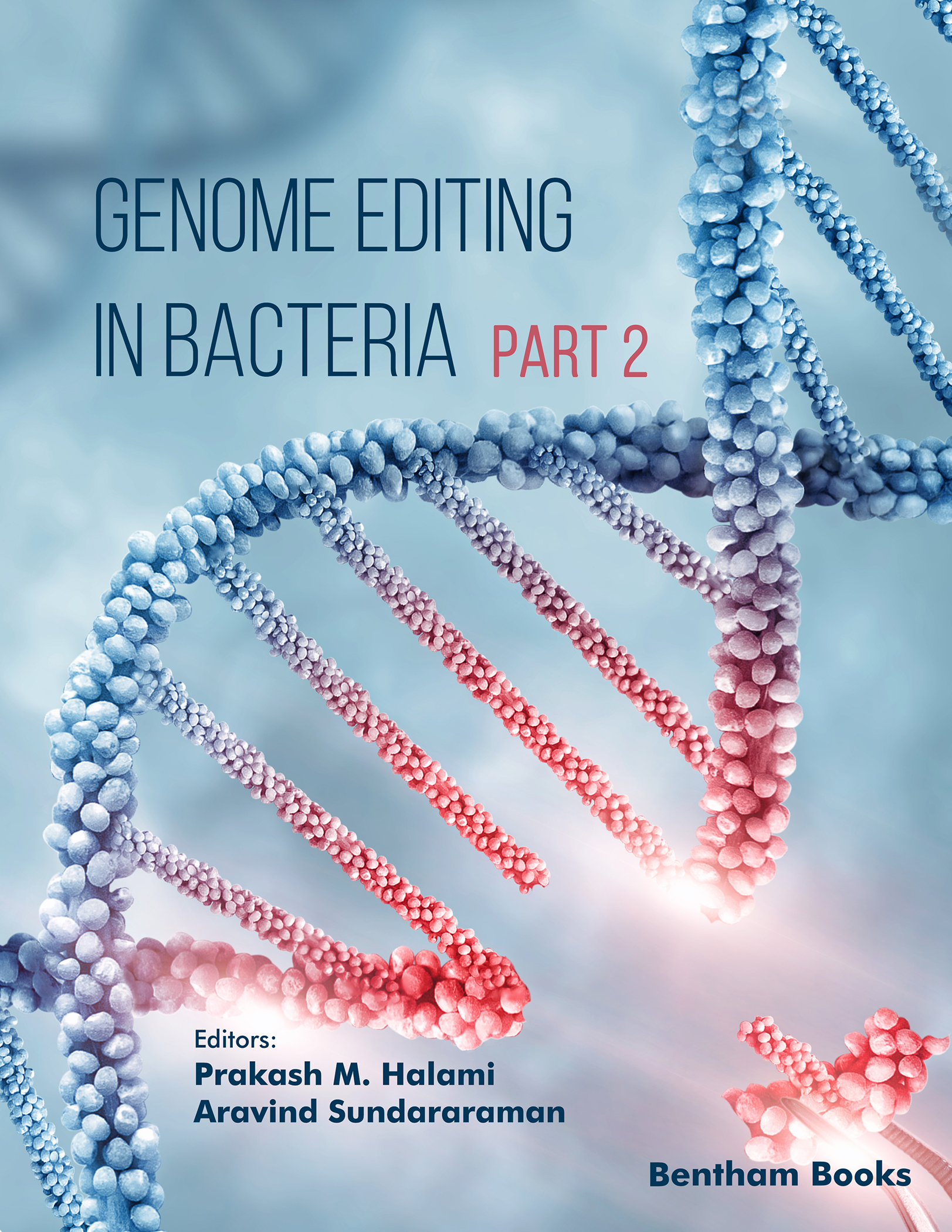
Genome Editing in Bacteria (Part 2)
Apr 2024
Book
Prakash M. Halami and
Aravind Sundararaman
This reference is a comprehensive review of genome editing in bacteria. The multi-part book meticulously consolidates research findings and insights on the applications of bacteria across several industries including food processing and pharmaceutical development. The book covers four overarching themes for readers: a historical perspective of genome editing genome editing in probiotics applications of genome editing in agricultural microbiology and g Read More
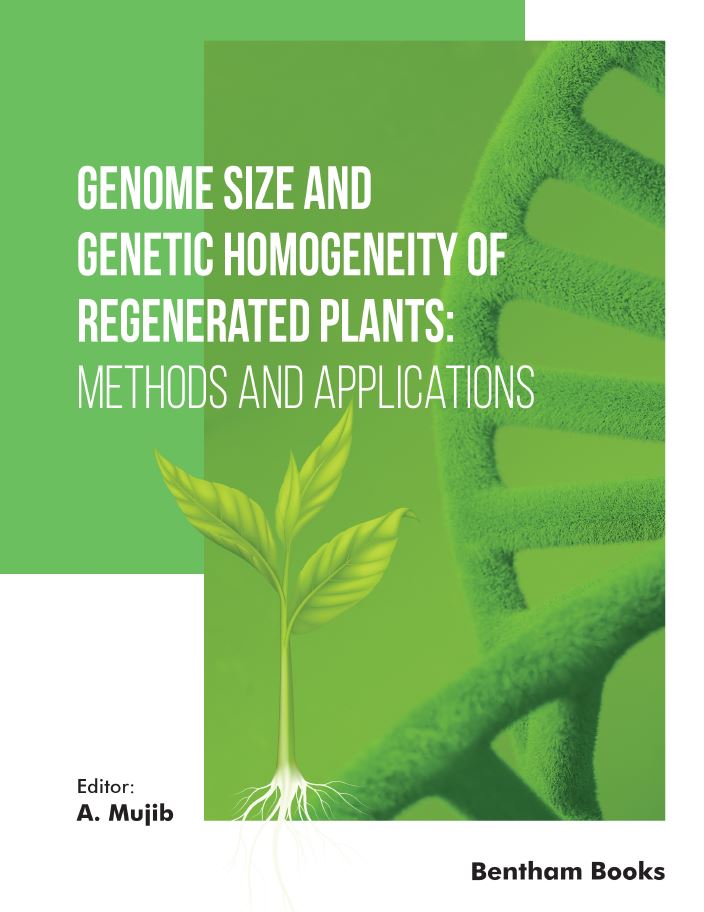
Genome Size and Genetic Homogeneity of Regenerated Plants: Methods and Applications
Sep 2023
Book
A. Mujib
This reference is a timely compilation of studies of genome size and genetic stability of regenerated plants. It presents 13 book chapters that cover recent advancements in CRISPR/Cas-based genome editing the use of molecular markers to analyze somaclonal variation in tissue culture and genetic stability assessment in various plant species including medicinally valuable plants like Valeriana and Coffea. The book also highlights the role of flow cytom Read More
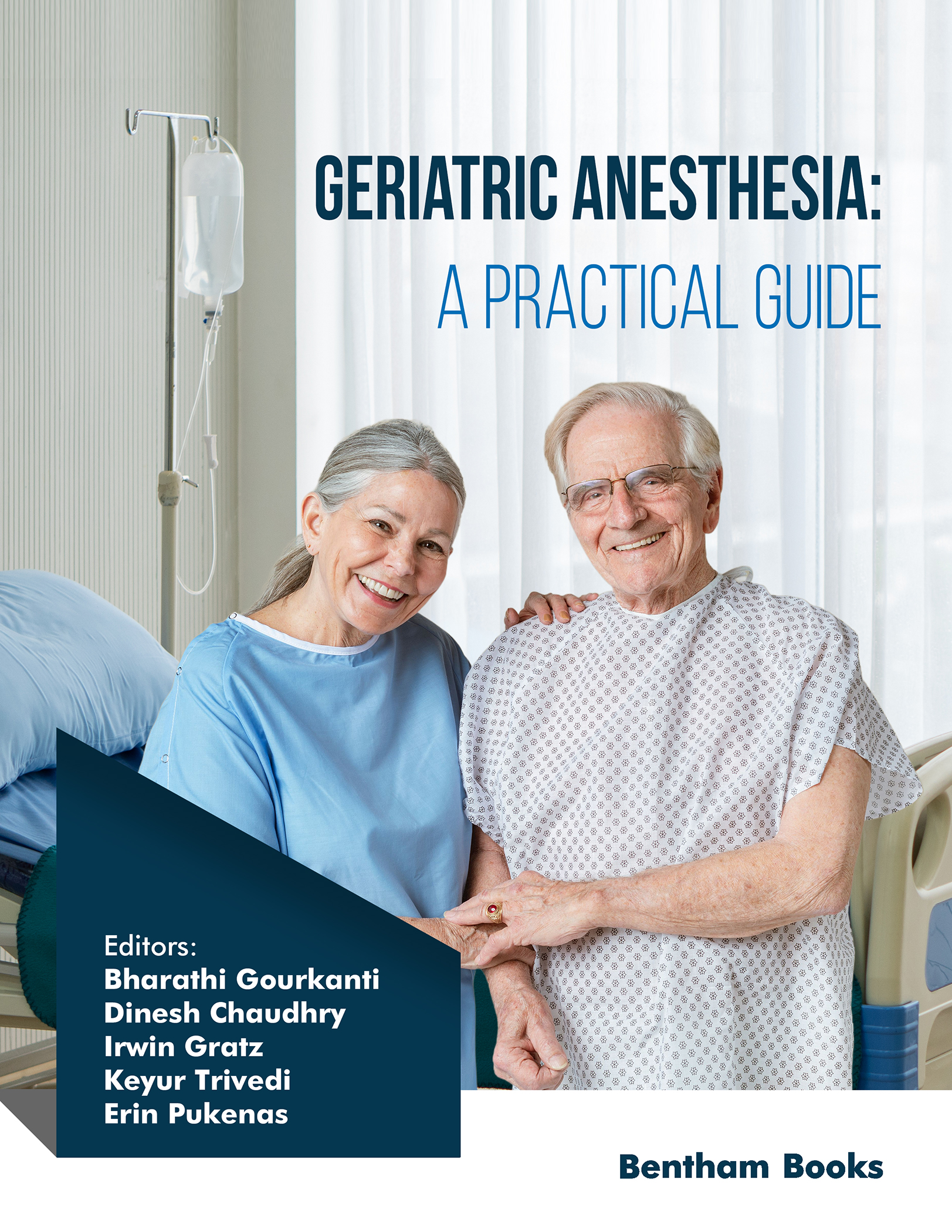
Geriatric Anesthesia: A Practical Guide
Apr 2024
Book
Bharathi Gourkanti,
Dinesh Chaudhry,
Irwin Gratz,
Keyur Trivedi and
Erin Pukenas
Geriatric Anesthesia: A Practical Guide is a comprehensive reference on geriatric anesthesia. The book is divided into three sections. The first section covers the basics of both anatomical and physiological changes in senescence and important polypharmacy considerations common in elderly patients. The next section covers anesthesia for cardiac and non-surgical patients. Various controversies and legal ethical issues that are particularly significant in th Read More

Global Emerging Innovation Summit (GEIS-2021)
Nov 2021
Book
Dharam Buddhi,
Rajesh Singh and
Anita Gehlot
This Global Emerging Innovation Summit (GEIS 2021) book summarizes the proceedings of the international summit held on April 9th and 10th 2021. The meeting was organized by Lovely Professional University (LPU) and supported by ENEA - the National Agency for New Technologies Energy and Sustainable Economic Development.GEIS-2021 is the most comprehensive conference focused on the diverse facets of the innovations in different technical d Read More

Global Neutron Calculations
Mar 2015
Book
Global Neutron Calculations provides assessment guidelines for nuclear reactors in a step-by-step manner. The book introduces readers to principal physical ideas the fundamentals of nuclear reactors including the theory of self-sustaining chain reactions and the associated physical and mathematical calculations. The required theory the mathematical appparatus and the applied methods are comprehensively explained in the first half of the book followed b Read More

Glycals and their Derivatives
Feb 2025
Book
Nazar Hussain and
Atul Kumar
Glycals and Their Derivatives is an essential resource for understanding the emerging applications of carbohydrate-derived unsaturated sugars. Carbohydrates are versatile molecules abundant in nature biocompatible and structurally diverse with glycals and their derivatives showing remarkable biological activities including antimicrobial and anticancer effects. It discusses the synthesis transformations and applications of glycals offering val Read More
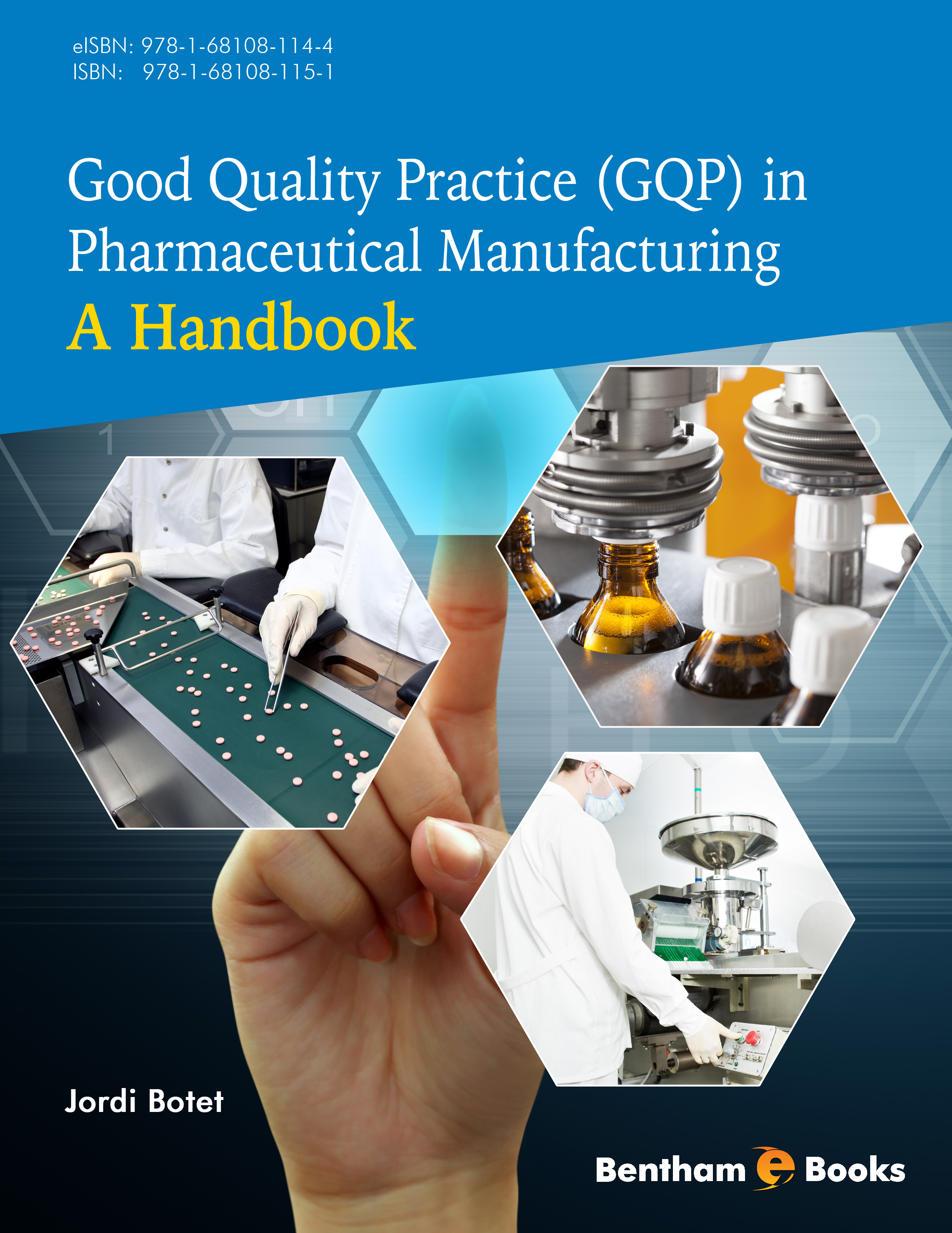
Good Quality Practice (GQP) in Pharmaceutical Manufacturing: A Handbook
Sep 2015
Book
Pharmaceutical manufacturing can be viewed as a supply chain which spans from the production and purchase of the starting and packaging materials through the manufacture of dosage forms until the safe reception of the finished product by the patient. The entire chain comprises of several processes: auditing materials purchase (procurement) production storage distribution quality control and quality assurance. The quality standard for pharma Read More
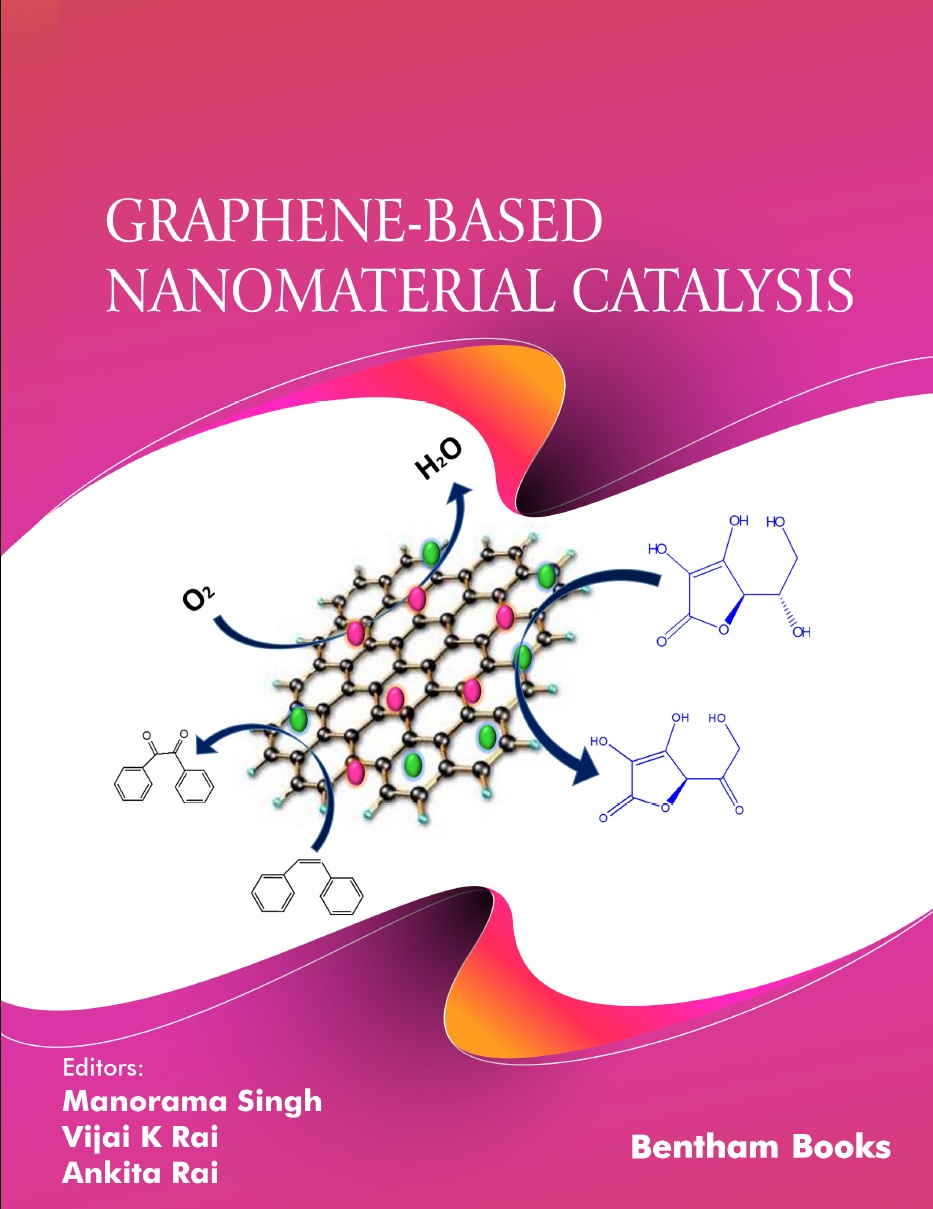
Graphene-Based Nanomaterial Catalysis
Jan 2022
Book
Manorama Singh,
Vijai K. Rai and
Ankita Rai
Graphene-Based Nanomaterial Catalysis compiles knowledge about catalytic graphene-based nanomaterials in a single easy-to-read volume. The text serves to familiarize scholars and professionals with the methods of fabrication of both functionalized and non-functionalized graphene nanomaterials suitable for use in a variety of applications such as electrochemical sensors oxygen and hydrogen production fuel cells and organic transformations. Key Featu Read More
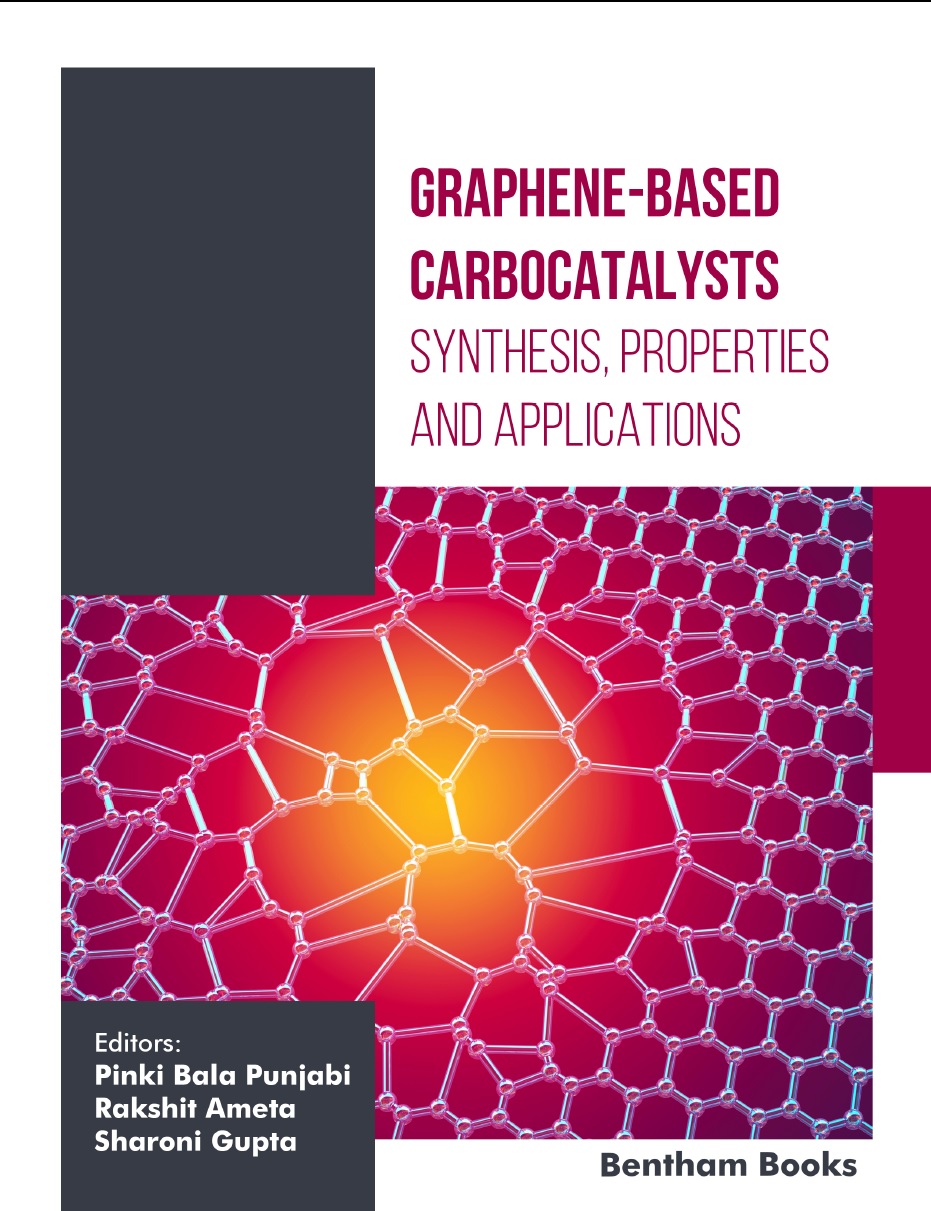
Graphene-based Carbocatalysis: Synthesis, Properties and Applications (Volume 2)
Jun 2023
Book
Pinki Bala Punjabi,
Rakshit Ameta and
Sharoni Gupta
This book informs readers about recent advances in graphene carbocatalysis encapsulating the current developments in the syntheses properties characterizations functionalization and catalytic applications of graphene its derivatives and composites. It serves as a comprehensive primary reference book for chemistry and engineering students who are required to learn about graphene chemistry in detail. It also serves as an introductory refer Read More
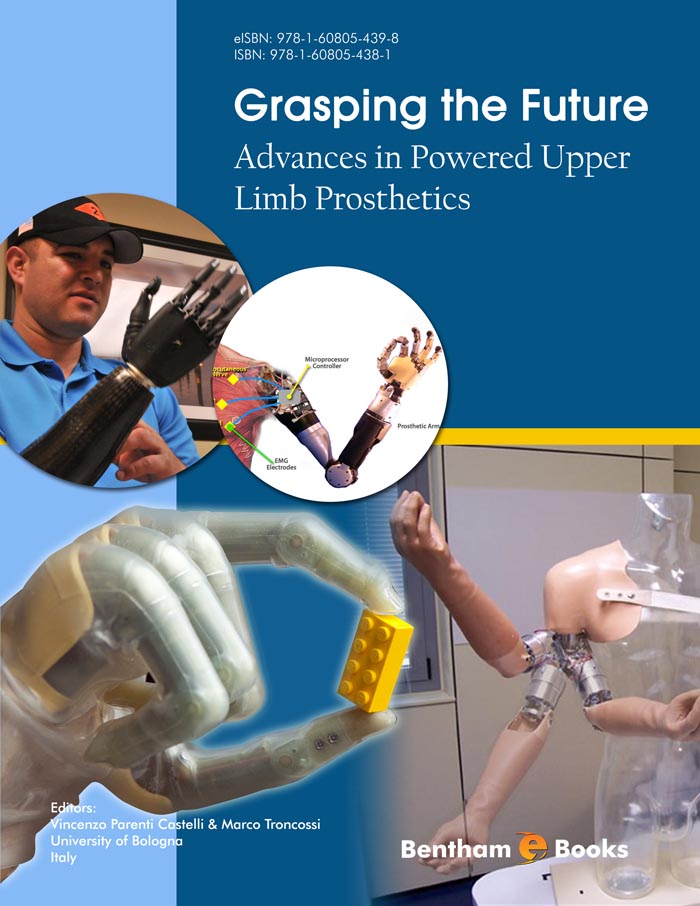
Grasping the Future: Advances in Powered Upper Limb Prosthetics
Sep 2012
Book
Vincenzo Parenti Castelli and
Marco Troncossi
The technological level of upper limb prostheses has always been fairly poor so far if compared with that of other analogous systems (e.g. lower limb prostheses assistive robots). However there is no doubt that in the recent years the upper limb research stimulated the most exciting developments in prosthetic technology. Indeed new terminal devices and novel articulations for the artificial arm have been recently proposed and the control hard Read More

Gravity-Superconductors Interactions: Theory and Experiment
Jun 2012
Book
Giovanni Modanese and
Glen A. Robertson
Recent developments in gravity-superconductivity interactions have been summarized by several researchers. If gravitation has to be eventually reconciled with quantum mechanics the macroscopic quantum character of superconductors might actually matter. This e-book attempts to answer one key question relating to gravity research: Is it possible to generate gravity-like fields by condensed-matter systems in conditions accessible in a laboratory? Gen Read More

Green Adsorbents
Dec 2015
Book
Adsorption technology is a promising avenue for wastewater treatment. Numerous adsorbent materials are presently synthesized. Green or environmental friendly adsorbents are derived from plants and agricultural crop sources giving them a very low production cost when compared to synthetic polymers. This monograph explains the basic principles of green adsorption technology their production processes and strategies to remove different categories Read More

Green Energy and Technology
Aug 2012
Book
Hatim Machrafi
This E-book covers various topics and technologies involving energy systems that represent an effort to reduce environmental pollution and provide grounds for alternative or renewable energy sources. The E-book is a convergence point for state-of-the-art research with preliminary but confirmed results. Topics covered in this e-book include transport electricity generation bio-fuels Homogenous Charge Combustion Ignition research kinetics thermodynami Read More
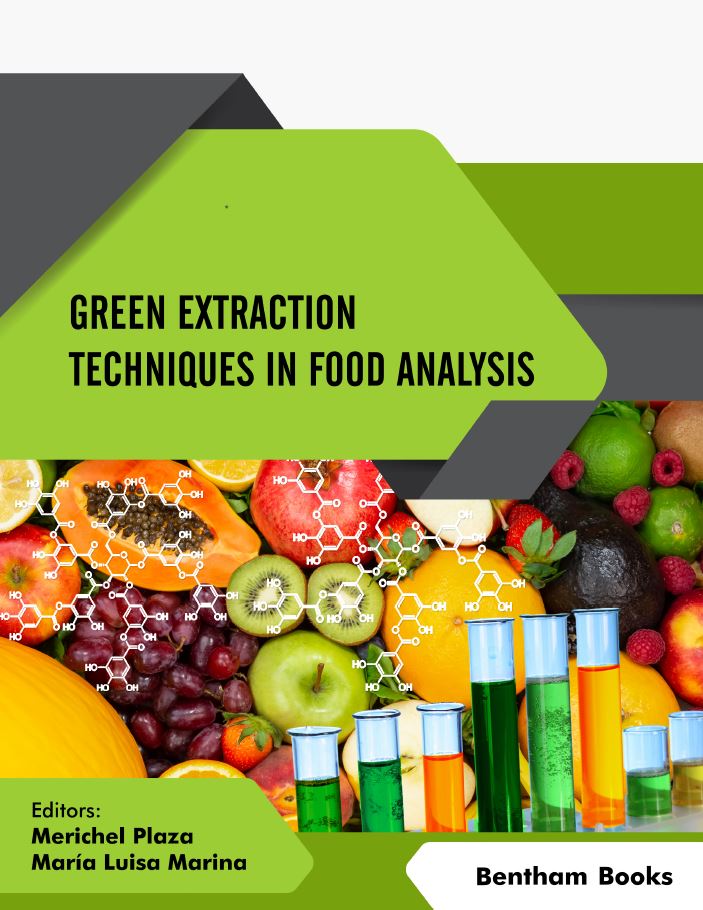
Green Extraction Techniques in Food Analysis
Aug 2023
Book
Merichel Plaza and
Mara Luisa Marina
This book aims to inform readers about the latest trends in environment-friendly extraction techniques in food analysis. Fourteen edited chapters cover relevant topics. These topics include a primer green food analysis and extraction environment-friendly solvents (such as deep eutectic solvents ionic liquids and supramolecular solvents) and different extraction techniques. Key Features - Includes topics for basic and advanced readers - Covers a wide r Read More

Green Plant Extract-Based Synthesis of Multifunctional Nanoparticles and their Biological Activities
Oct 2023
Book
The convergence of nanotechnology with agriculture has transformed farming while also impacting medicine biotechnology and environmental science. Plant extracts isolated using new technologies have been used to successfully create new medicines for specific diseases. This book focuses on the eco-friendly synthesis of plant extracts. It provides information about multifunctional nanoparticles and their versatile applications including agriculture food sa Read More

Green Solutions for Degradation of Pollutants
Aug 2024
Book
Neha Agarwal,
Vijendra Singh Solanki and
Sreekantha B. Jonnalagadda
Green Solutions for Degradation of Pollutants is a compilation of reviews on environmental remediation by sustainable techniques. The book helps readers understand the potential of such techniques in resolving the growing problem of environmental pollutants. The editors have compiled 13 comprehensive reviews on green remediation techniques such as microbial bioremediation nano-bioremediation phytoremediation and green-nanoremediation fo Read More
No more items...
